
Visa and entry requirements South Korea:
Passport required
No visa is required
Information from the Federal Foreign Office about your trip to South Korea:
https://www.auswaertiges-amt.de/de/korearepubliksicherheit/216132
South Korea is a country in East Asia with around 53 million inhabitants. The country borders North Korea to the north, the Yellow Sea to the west, the Pacific Ocean to the east and Japan to the southeast, separated only by the Sea of Japan.
The official language of the country is Korean and the national currency is the South Korean won, with 1 euro equaling around 1,300 KRW.
The ten megacities in South Korea include Seoul, Incheon, Busan, Daegu, Gwangju, Daejeon, Ulsan, Suwon, Changwon and Goyang. The country on the Korean peninsula is one of the most densely populated countries in the world. More than half of all Korean citizens have no religion.
The majority of South Korea's land area is mountainous, with the 1,915 meter high Mount Jirisan as the highest point. Almost 70% of the national territory is covered with mixed forests, in the higher areas various rhododendrons are often found.
South Korea is one of the most advanced countries in the world and is even a world leader in technology. In addition to electronics and consumer electronics, the South Korean economy is based on the vehicle industry, semiconductor manufacturing, shipbuilding, rice cultivation and livestock farming in agriculture, as well as steadily increasing tourism. The major South Korean brands, such as Samsung, Daewoo, LG, Hyundai and Kia, are now well-known international global brands.
Around 20 million foreign tourists travel to the East Asian country today. In addition to numerous religious temples and buildings, the country also offers impressive nature. The most important and most visited attractions in South Korea include the Seoraksan National Park with its forests, temples, caves and waterfalls, the two historic villages of Hahoe and Yangdong, the demilitarized zone on the border with North Korea, the Bukhansan National Park, the Ulsanbawi Rock, the colorful Garden of Morning Calm and 15 other impressive national parks.
The capital and largest city of South Korea is Seoul, with around 12 million residents in the urban area and almost 28 million in the major metropolitan area. This makes Seoul the second largest metropolitan region in the world after Tokyo, Japan. The capital Seoul, located in the northwest of the country, is the political and cultural center of South Korea.
The most important sights in Seoul include the Cultural Center, the Korean National Theater, the Gyeongbokgung Palace, the National Museum, the Bongeunsa Temple, the Namhansanseong Fortress, the 237 meter high Seoul Tower, the Bukhansan National Park, the tomb of King Seongjong , Jogyesa Temple, Deoksugung Palace and Changdeokgung Palace.
In January 2013 I visited South Korea for the only time so far. My four-day stay was exclusively in the capital Seoul. During this time I lived privately in the Hongdae district, where I was invited via the Couchsurfing platform.
Due to the prevailing extremely cold temperatures of almost minus 20 degrees Celsius, I was unfortunately very limited in my planned activities. The red tourist buses had stopped operating in this weather, and the same applied to most of the temple complexes.
Nevertheless, I had a very nice time in the Hongdae student district, especially on my evening walks, with the colorfully lit streets and shops.
For me, South Korea is the most modern country in the world and I will definitely come back in the near future, but in the warm summer.

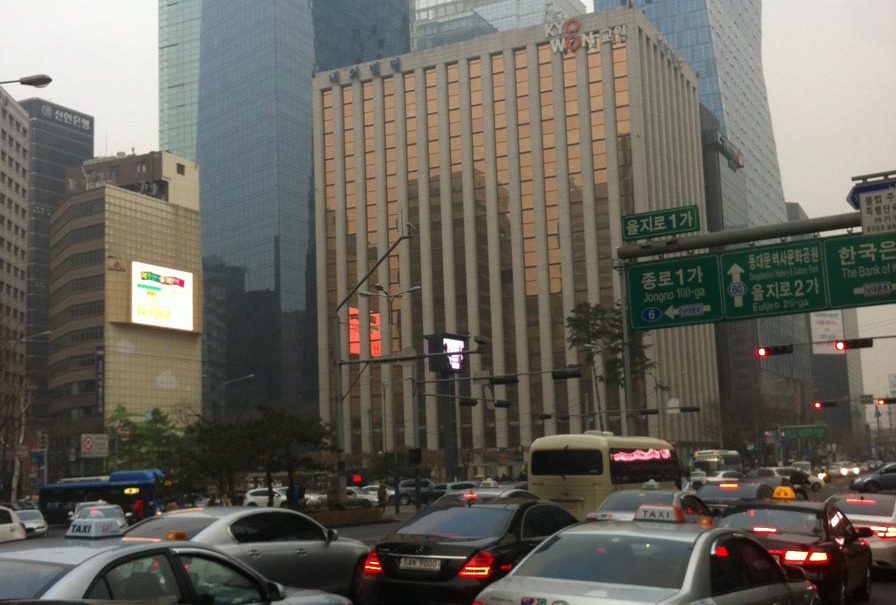
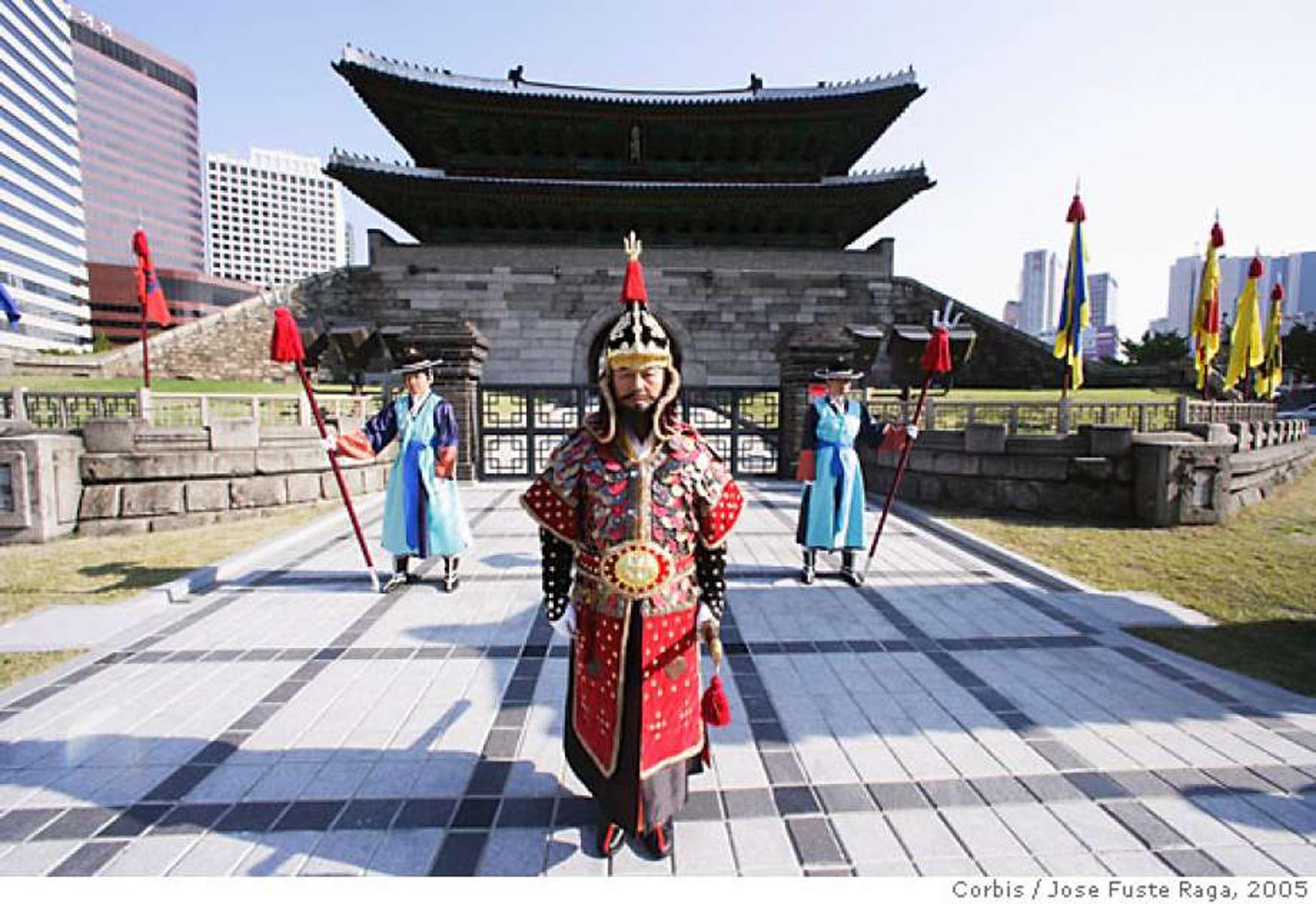
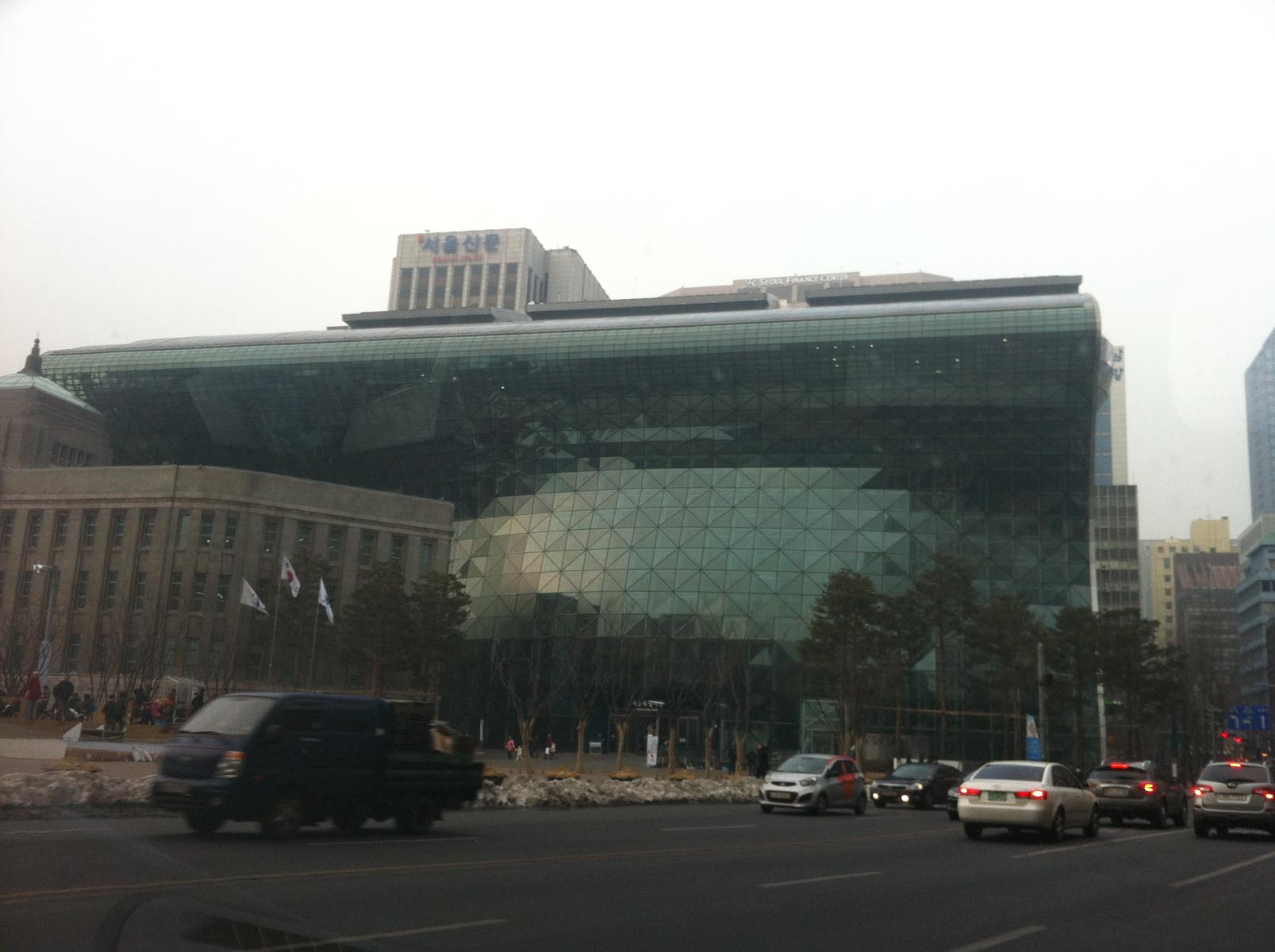

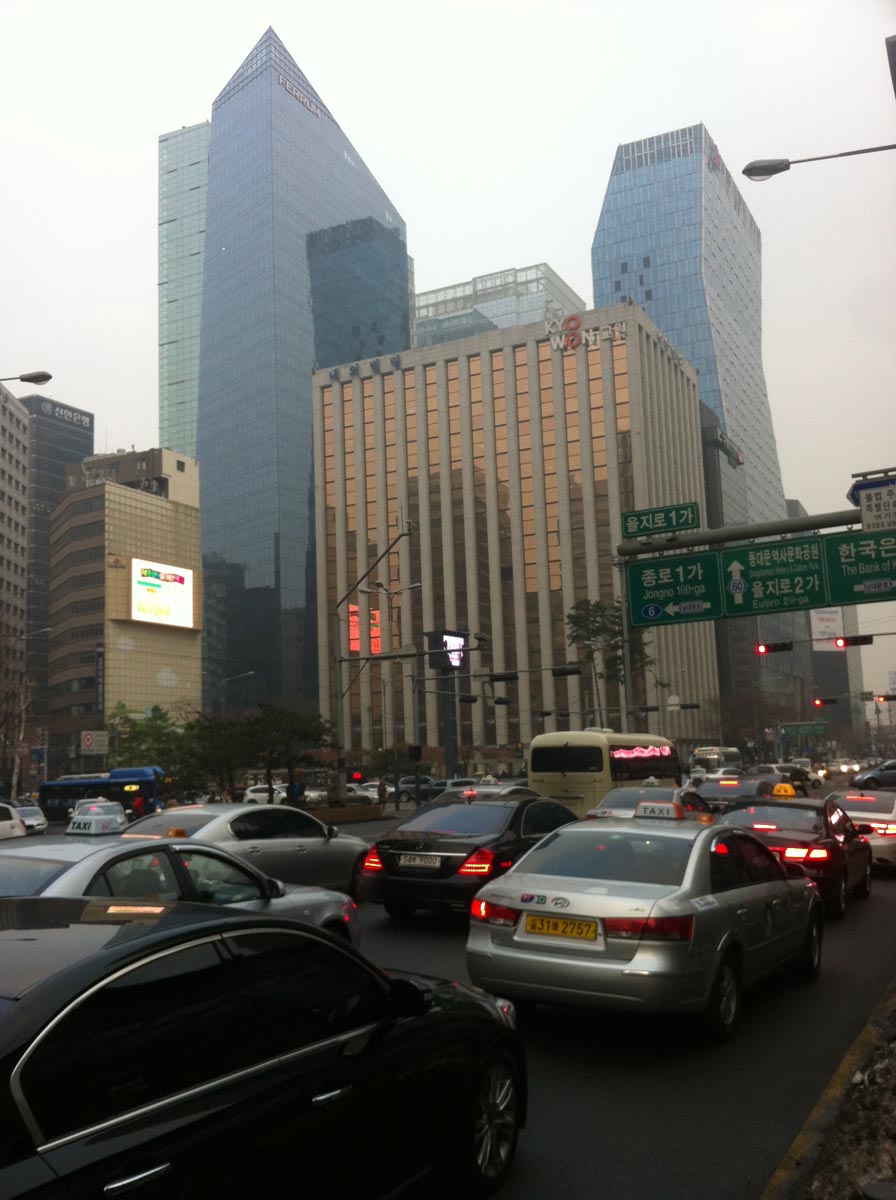
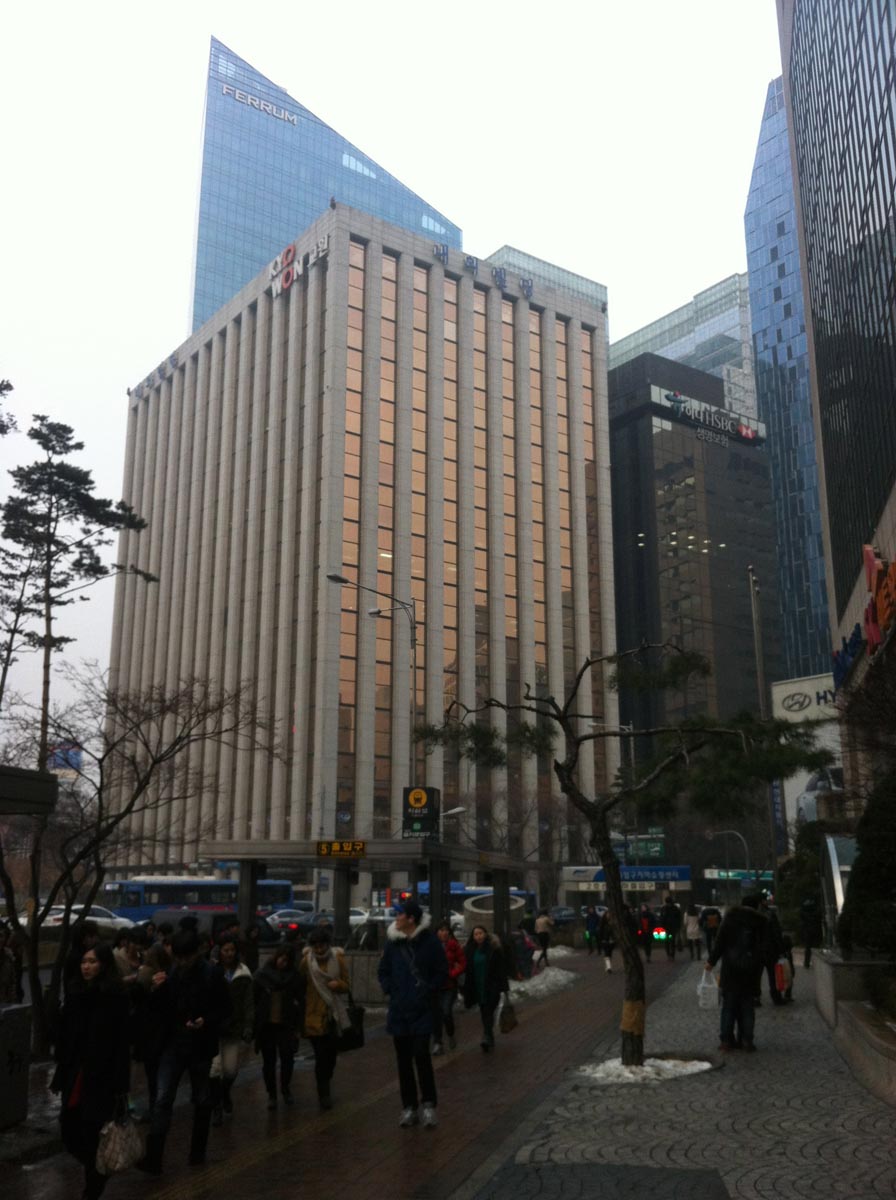
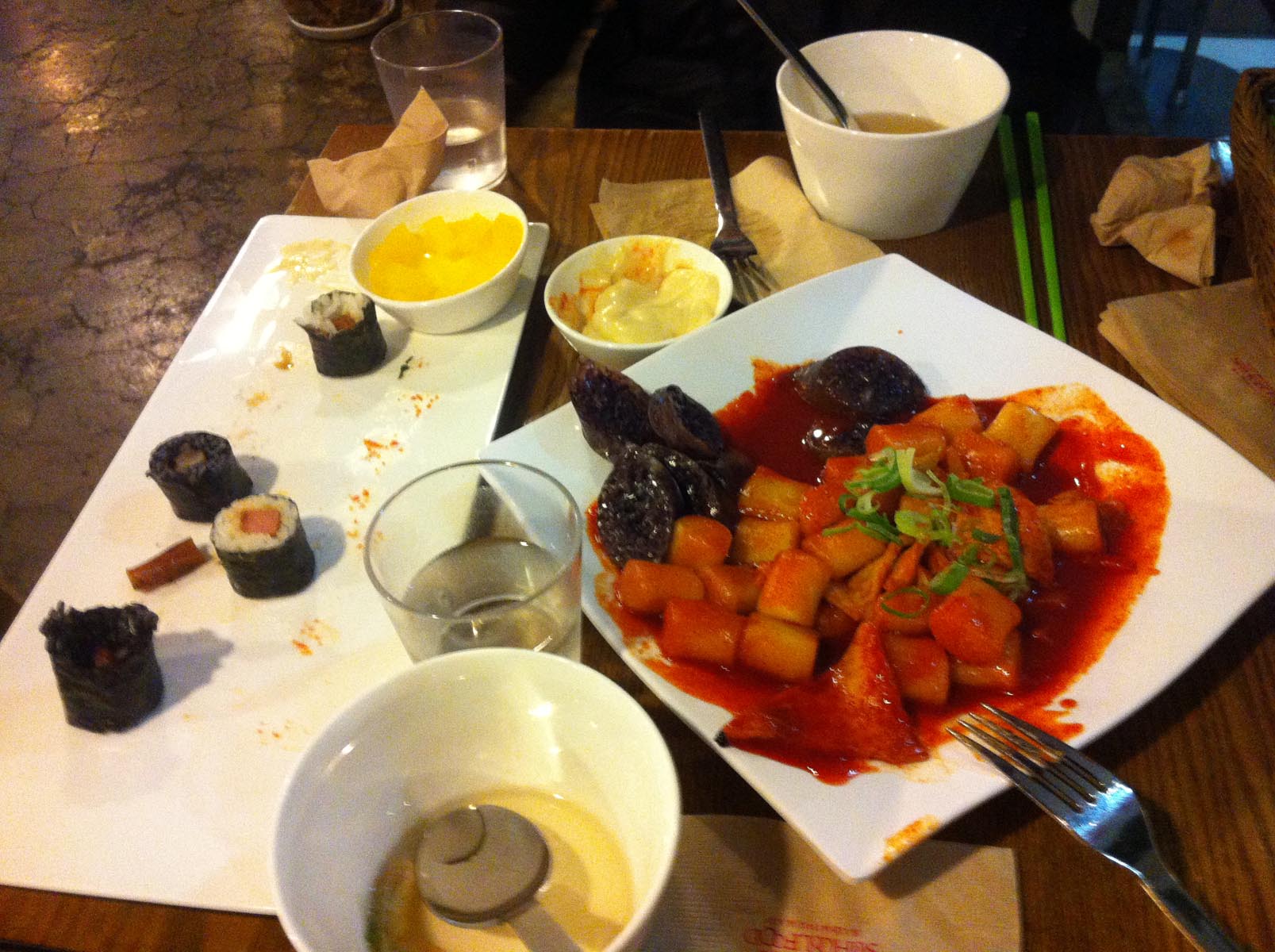
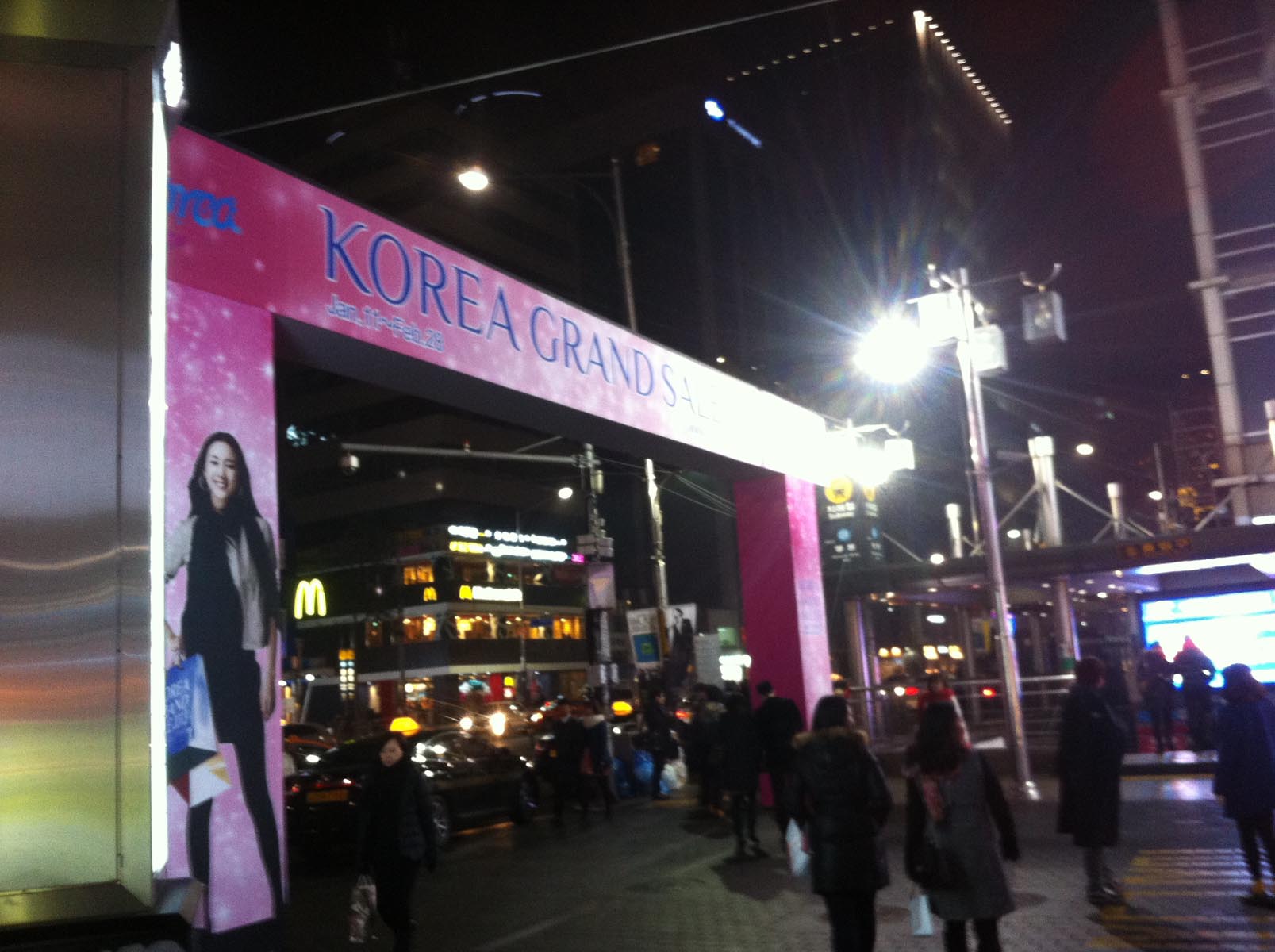

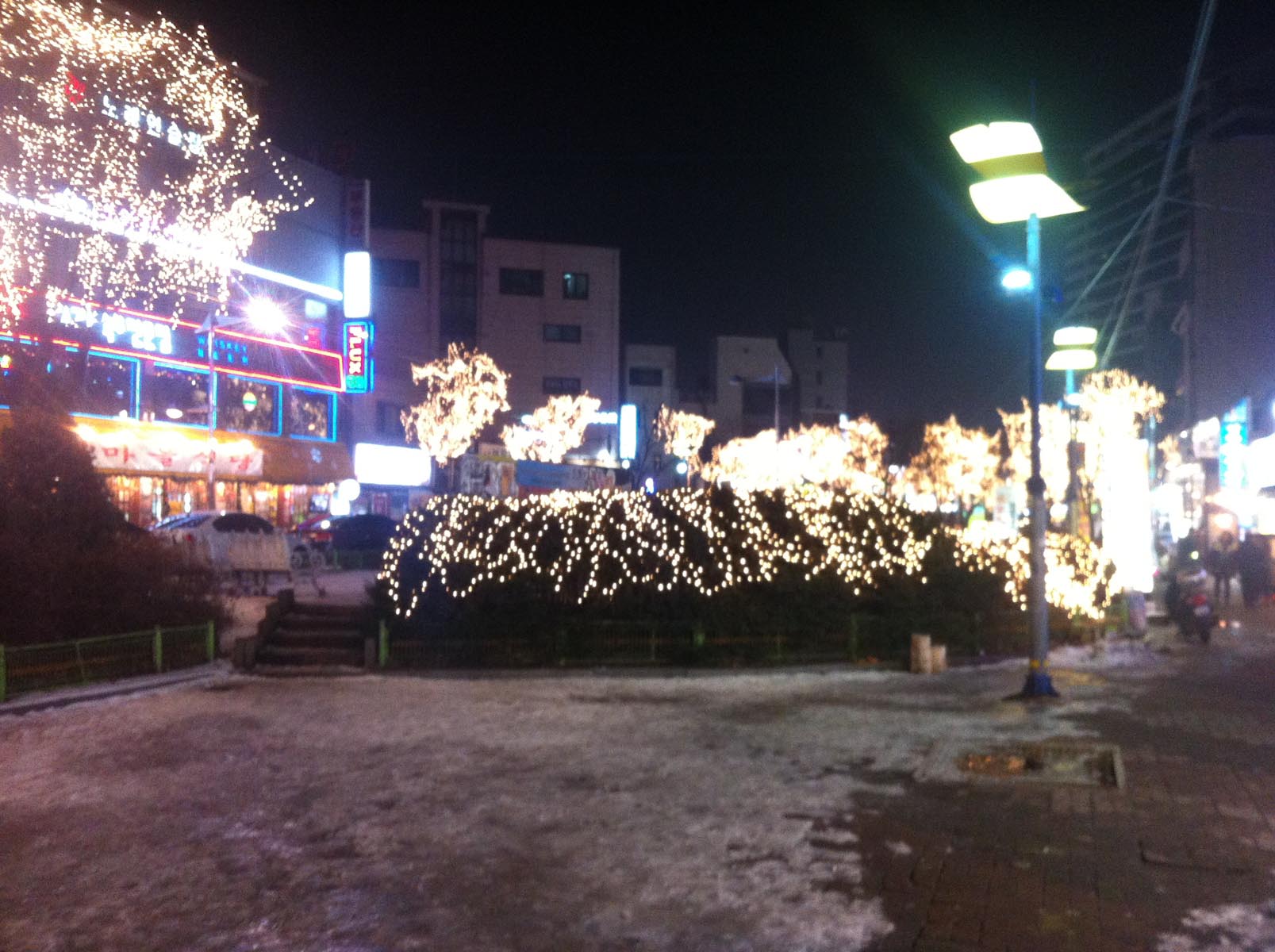
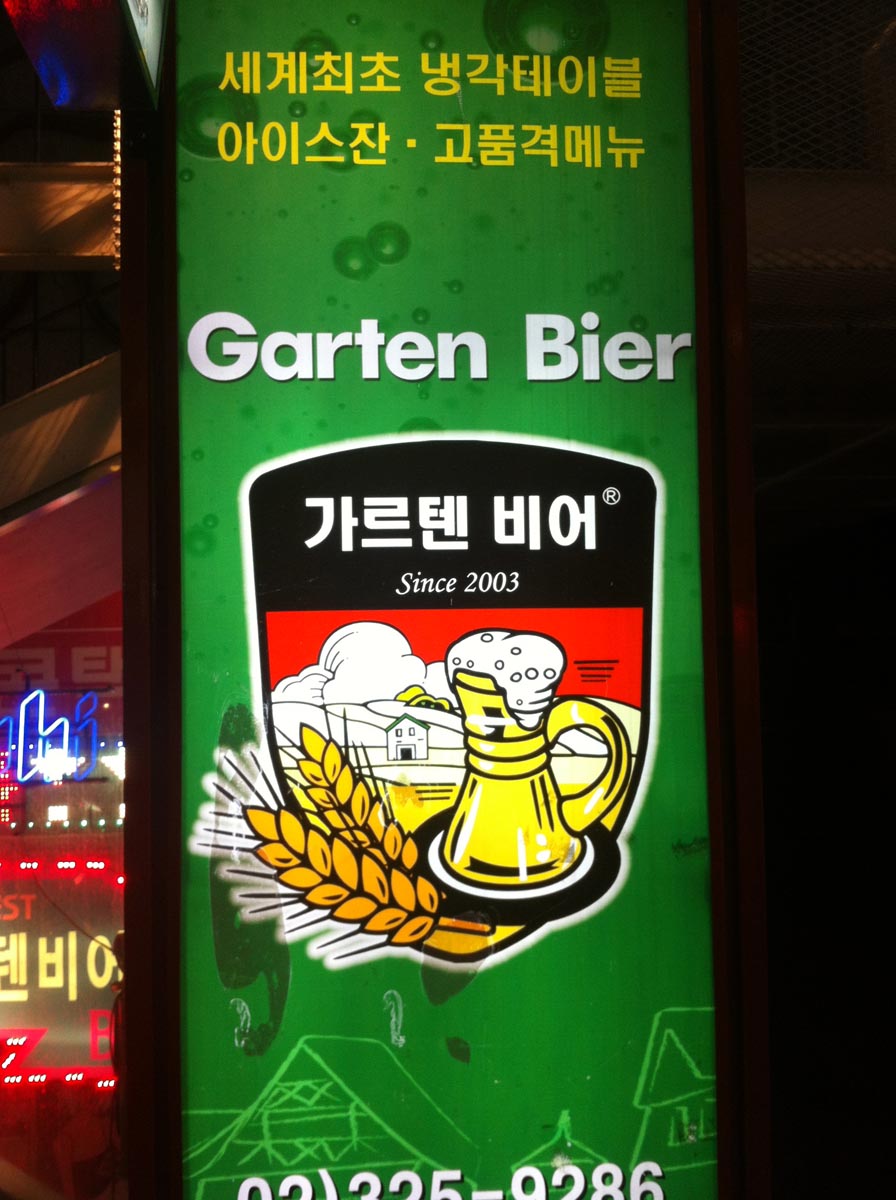
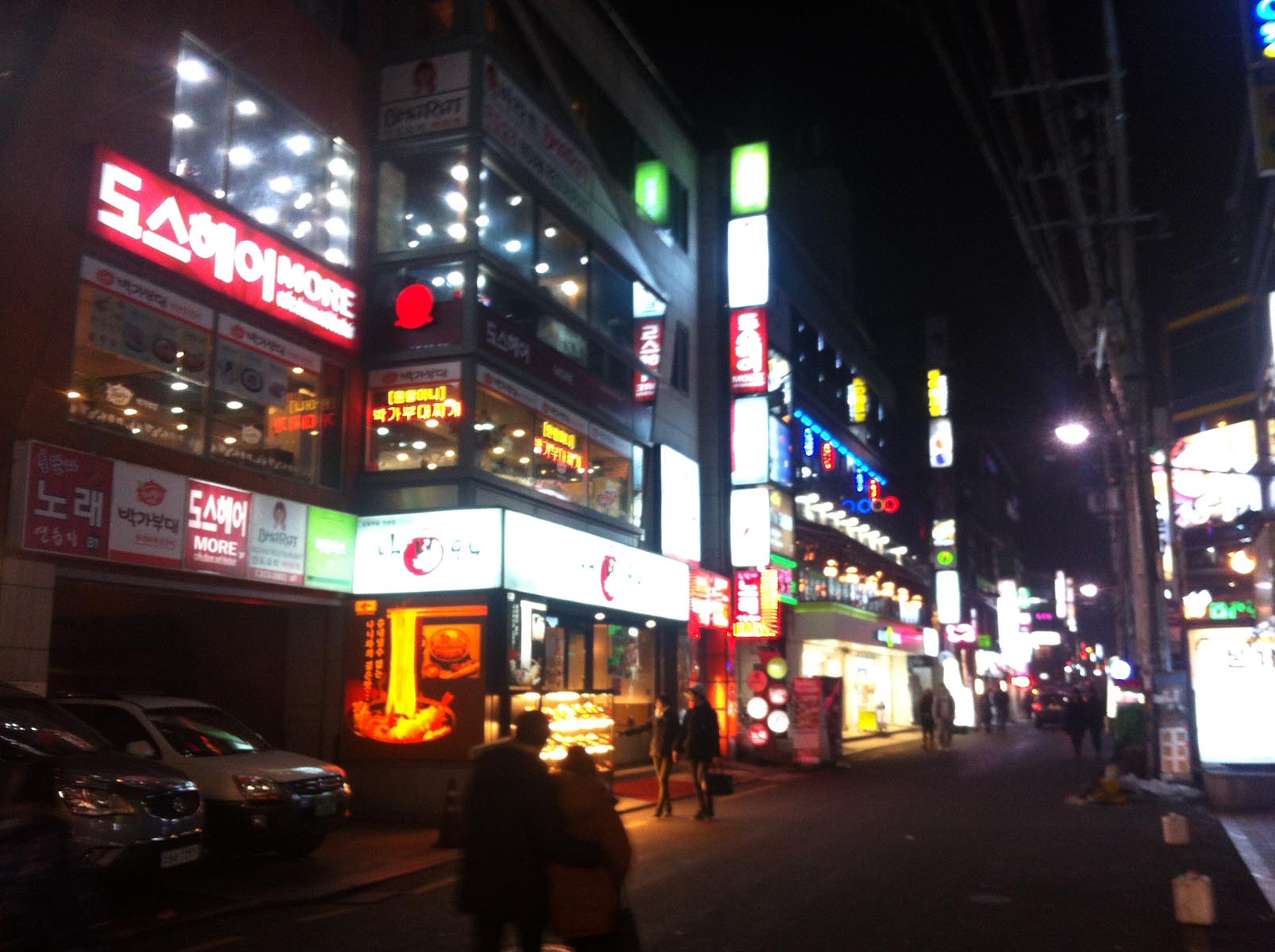
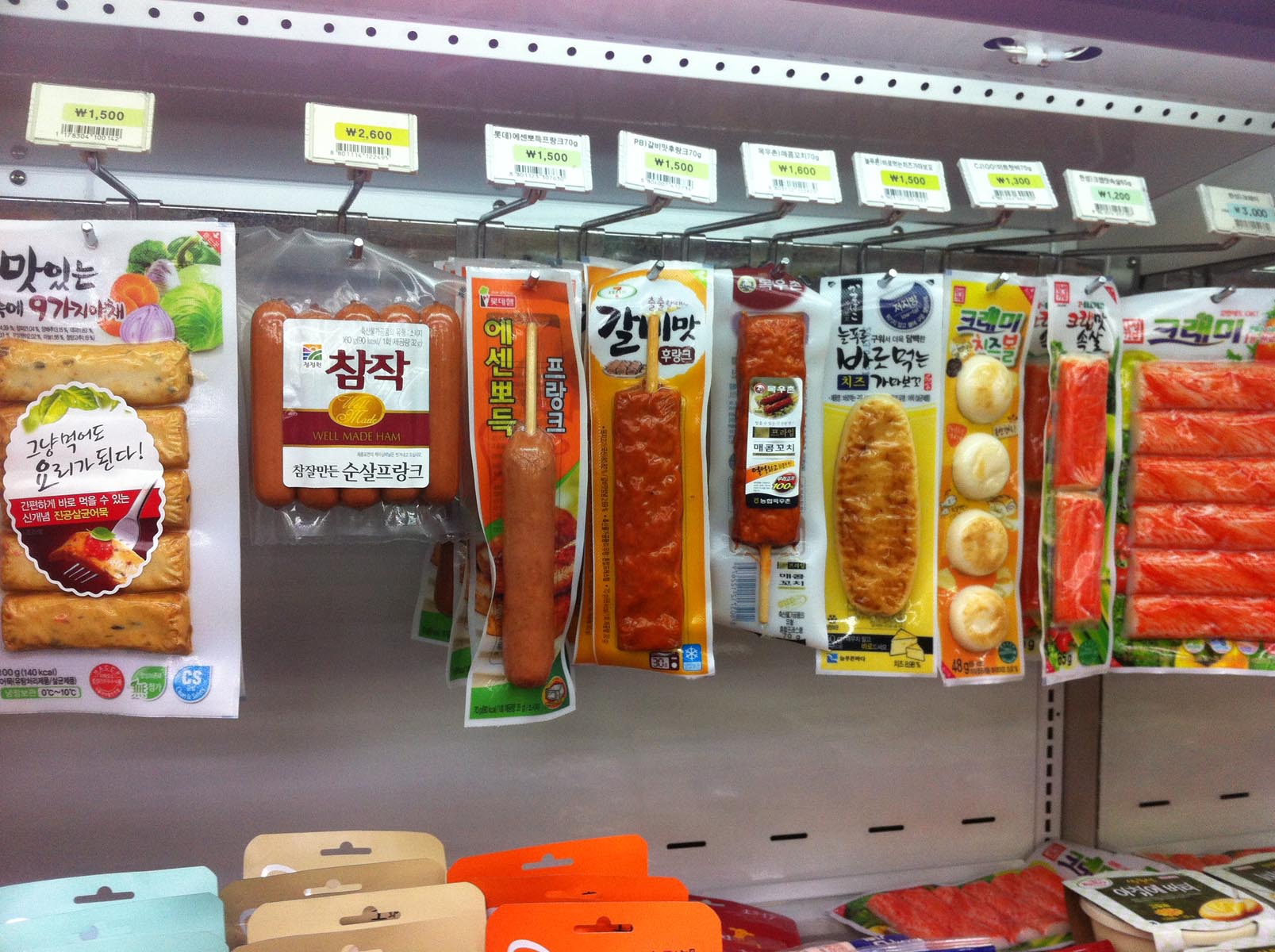
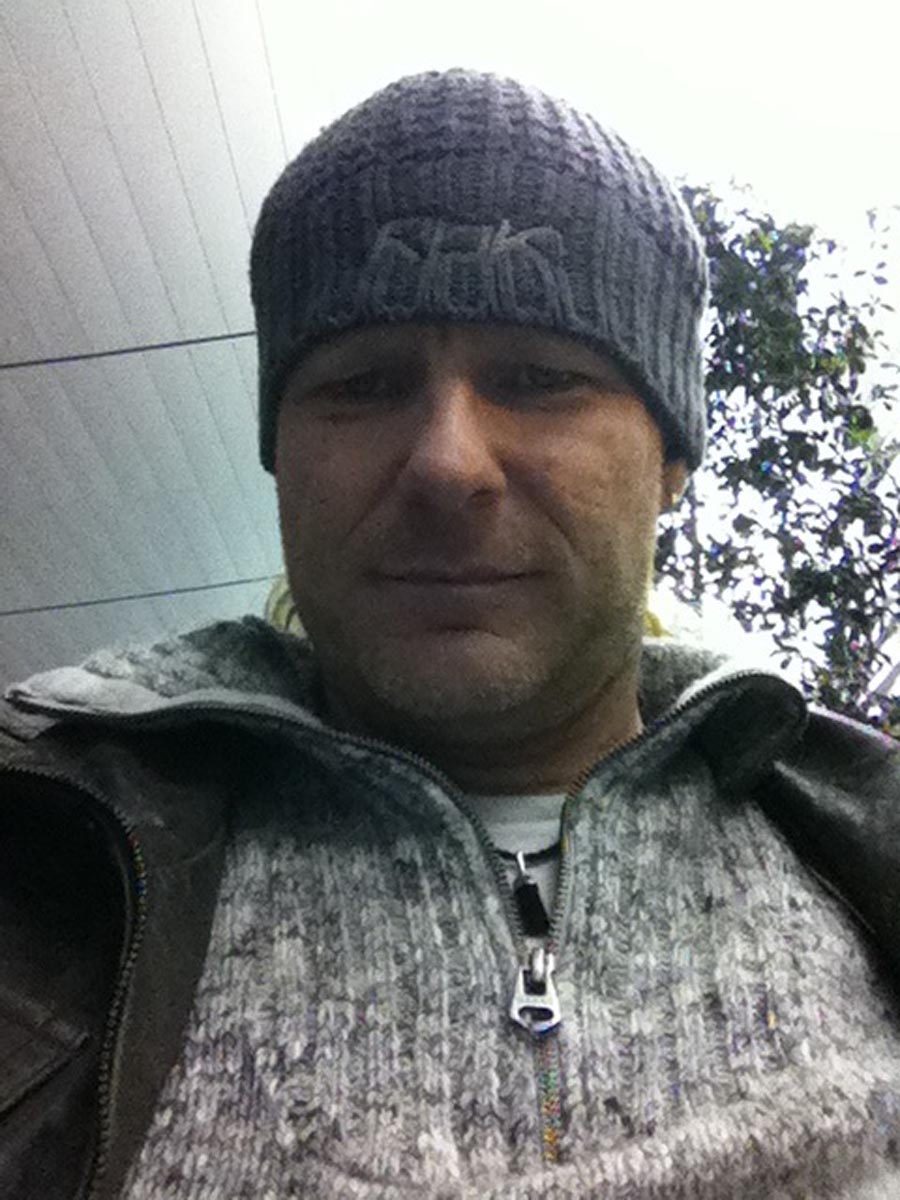
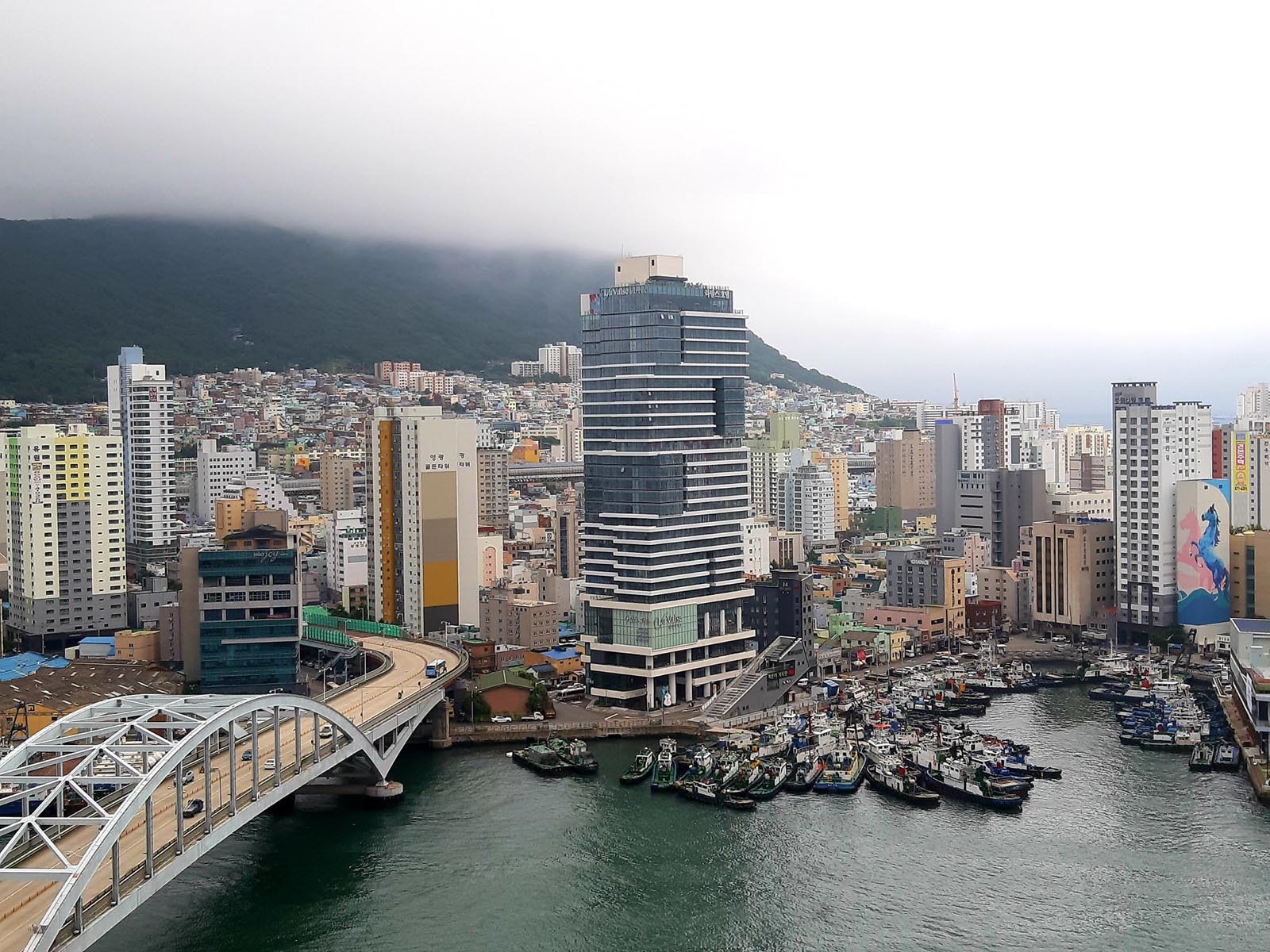
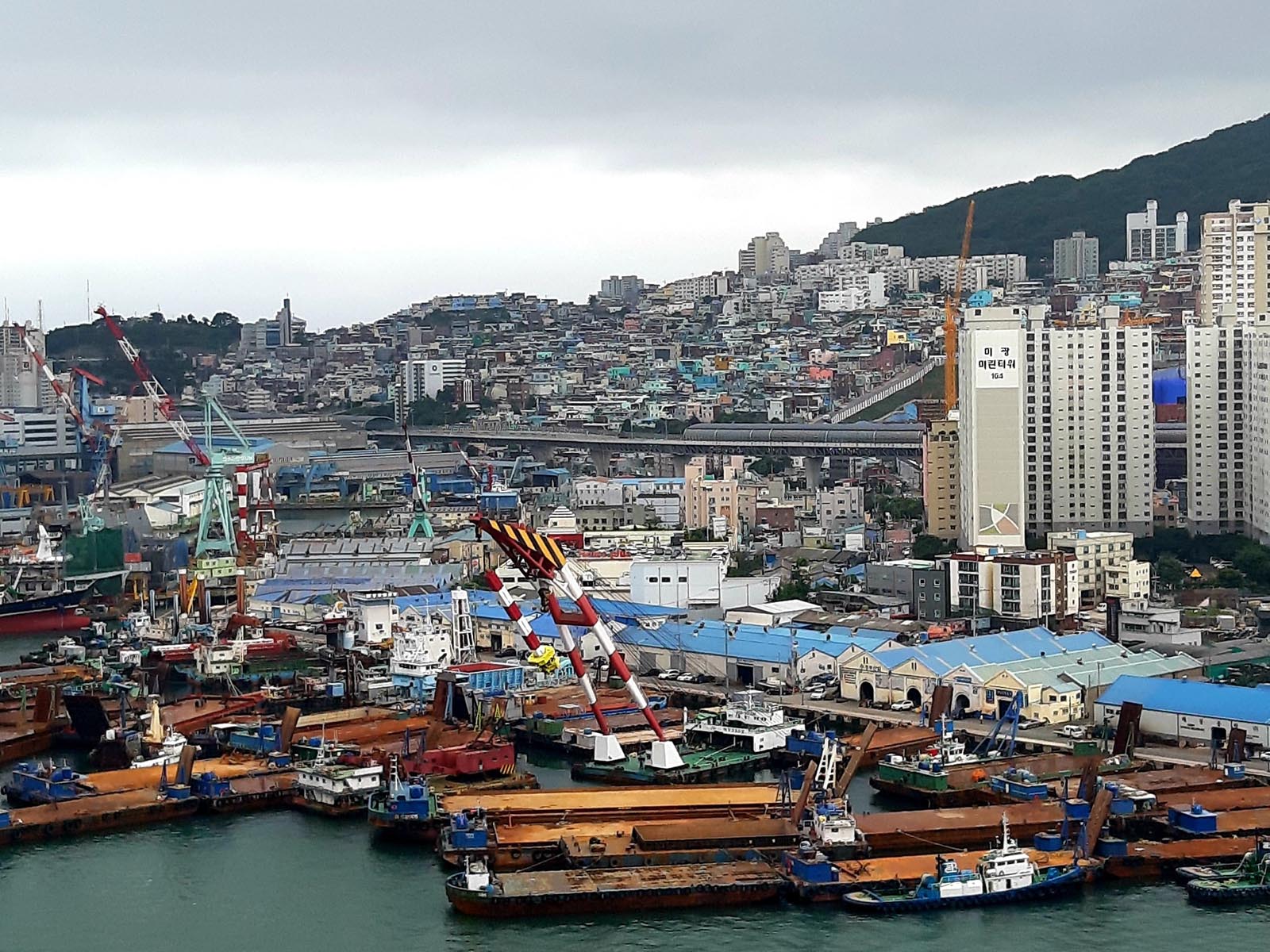

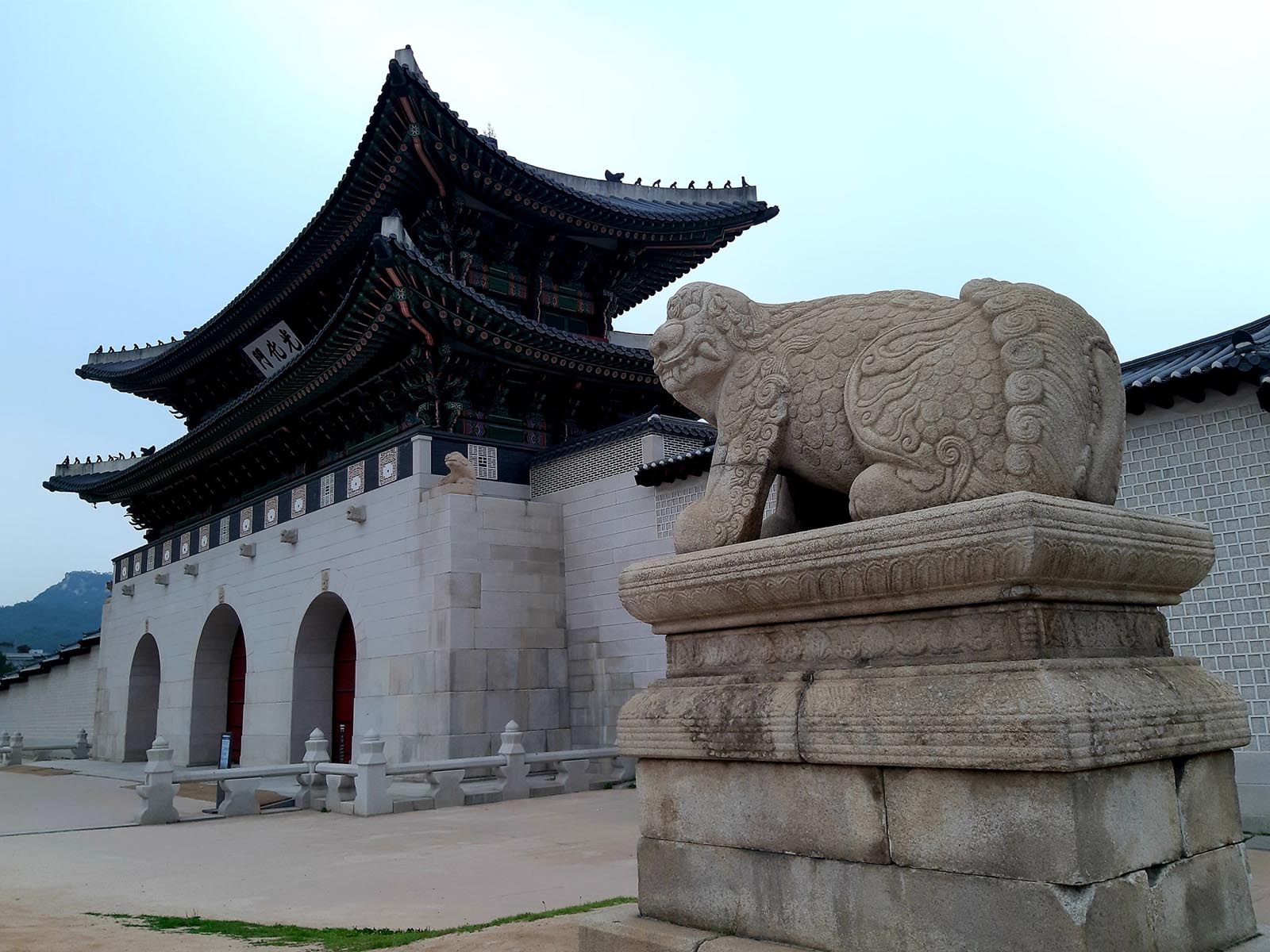


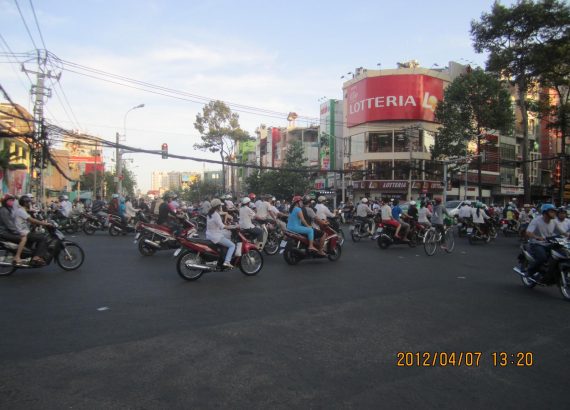

No Comments